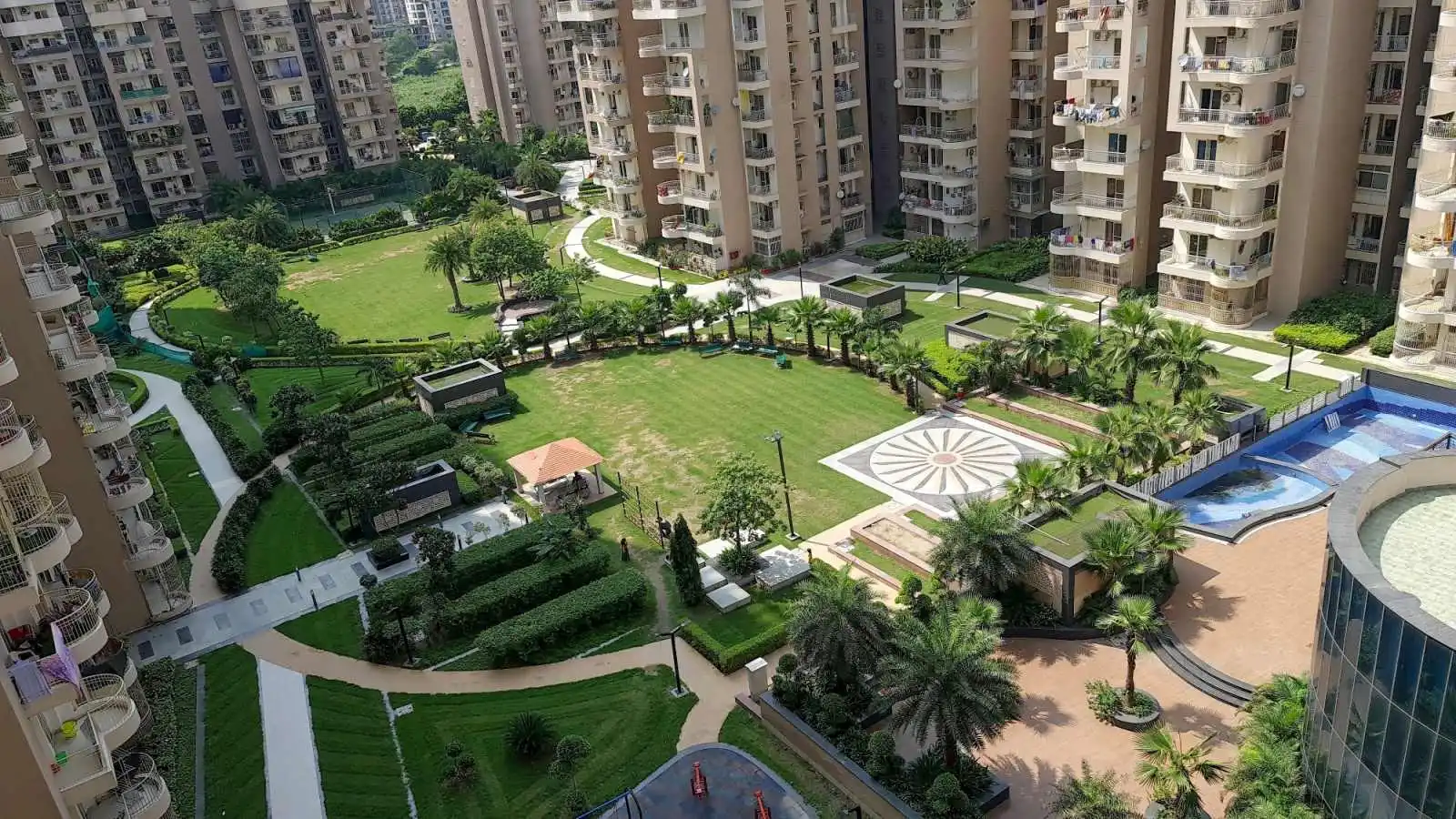Personal Finance News
Most homebuyers don't know this: You pay only 60% for livable space, and 40% for common areas

4 min read | Updated on June 10, 2025, 16:07 IST
SUMMARY
Loading factor is the difference between the super-built-up area and the carpet area. Data from ANAROCK Research shows that the share of loading factor in property prices has jumped to 40% in Q12025, up from just 31% in 2019.

Homebuyers should know about the loading factor. | Image source: Shutterstock
When buying a flat, you don't just pay for the area you occupy for living, known as carpet area, but also bear additional costs for the super built-up area that accounts for various amenities within housing projects. This additional cost is also known as the "loading factor".
The loading factor is the difference between the super-built-up area and the carpet area. Data from ANAROCK Research shows that the share of loading factor in property prices has jumped to 40% in Q12025, up from just 31% in 2019.
Why is the loading factor rising?
The loading factor is rising as buyers are now looking for more premium amenities within housing projects. For instance, Bengaluru has seen the highest percentile jump in average loading over the last seven years, from 30% in 2019 to 41% in Q1 2025. In 2022, it was 35%.
"This dovetails with the increasingly higher saturation of modern amenities that developers now include to cater to the higher lifestyle ask in the IT hub," said ANAROCK Research.
Currently, there is no law to put a limit on the loading factor. People are now paying only 60% for the livable space while the remaining 40% goes towards common areas.
"While RERA now requires developers to mention the total carpet area provided to homebuyers, no law currently limits the loading factor in projects," says Dr Prashant Thakur, regional director and the head of research and advisory at ANAROCK Group.
"Q1 2025 readings show that 60% of the total space within their apartment homebuyers in the top 7 cities pay for now is liveable space, and the remaining 40% is common areas - elevators, lobbies, staircases, clubhouses, amenities, terraces, and so on. The average loading percentage was 31% back in 2019," he added.
The loading factor can be calculated with the following formula:
For example: If super built-up area = 1,300 sq.ft. and carpet area = 1,000 sq.ft., then loading percentage = (1,300–1,000)÷ 1,000×100 = 30%.
City-wise growth in the loading factor
The following table shows the growth in loading in the top seven cities in percentage terms since 2019.
| City | 2019 | 2022 | Q1 2025 |
|---|---|---|---|
| NCR | 31 | 37 | 41 |
| MMR | 33 | 39 | 43 |
| Bangalore | 30 | 35 | 41 |
| Pune | 32 | 36 | 40 |
| Hyderabad | 30 | 33 | 38 |
| Chennai | 30 | 32 | 36 |
| Kolkata | 30 | 35 | 39 |
| Total | 31 | 35 | 40 |
Source: ANAROCK Research
While Bengaluru has seen the highest percentile jump in loading factor, Mumbai Metropolitan Region (MMR) is on top among the top 7 cities with 43% in Q1 2025. It was just 33% in 2019 and 39% in 2022.
Chennai has the least average loading rise in Q1 2025, with 36%, as homebuyers in the city prefer to pay more for usable space within their homes rather than for common areas.
In 2019, Chennai's average loading percentage was 30%, like Bengaluru. It gradually rose to 32% in 2022 and further to 36% in Q1 2025.
Changing norms
According to Dr Thakur, a loading of 30% or less was thought to be typical in the past. Today, higher amenity loading has become the norm across most projects, partly because homebuyers are no longer satisfied with basic lifestyle amenities.
"They expect fitness centres, clubhouses, park-like gardens, and grand lobbies. Collectively, these features may improve comfort, community liveability, and also resale value," said Dr Thakur.
However, homebuyers effectively lose on actual usable space within their apartments due to the rising loading factor.
These days, some of the essential infrastructure in housing projects typically includes more lifts with bigger passenger capacities, amplified utility areas, and fire escapes that meet regulatory safety protocols.
However, according to ANAROCK Research, in most cases, buyers across cities, except in Maharashtra, are unaware of how much they pay towards the overall usable space within their apartment.
"Respective state RERAs should ideally enforce provisions wherein each project clearly mentions how much buyers are paying for the total usable space within the apartment, and for the amenities," said Dr Thakur.
Related News
By signing up you agree to Upstox’s Terms & Conditions
About The Author
Next Story



